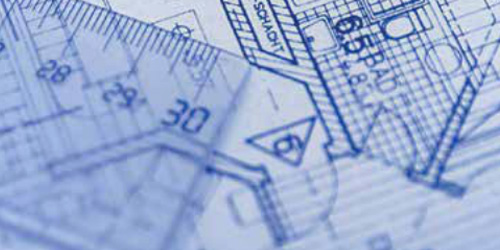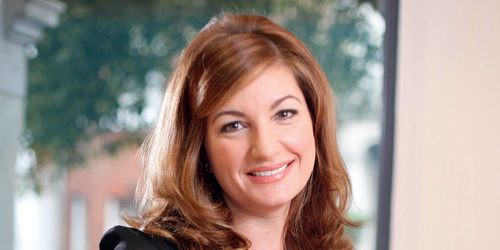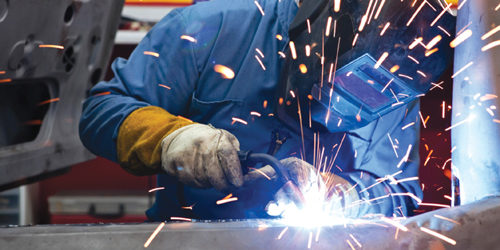
 CAPITAL ALLOWANCE CHANGES
CAPITAL ALLOWANCE CHANGES
By Rob Fawcett, Partner and Head of Property, Bennett Griffin
Changes in the capital allowances rules, which come into effect this month, could lead to commercial property owners, whether buying or selling, losing this valuable tax relief forever.
What are capital allowances?
Capital allowances are valuable tax reliefs on expenditure on plant and machinery, including that which forms part of a property (referred to hereafter for convenience as “fixtures”). Examples include lifts, lighting, sanitary ware, central heating and air conditioning systems.
Allowances are available at different rates depending on the nature of the items to which they are being applied. Whether the property is held as an investment or is used in their trading business, these allowances can be deducted from the owner’s taxable profits thus reducing their tax bill. The value arising depends upon the business tax rate and the type of property (some properties being more plant-rich than others).
However, the tax savings are generally substantial; typically, in the order of 5-10% (and sometimes as much as 25%) of the expenditure incurred. Particularly plant-rich properties include offices, care homes, pubs, restaurants, hotels and motor dealers. Many owners have not taken advantage of this relief and are therefore losing out on tax savings estimated to total billions of pounds.
What is the purpose of the new rules?
Where a property containing eligible fixtures is purchased, the capital allowances available in respect of the fixtures, should be available to the buyer. The amount on which allowances are available will depend upon the price paid by the buyer for the property and the value agreed between the seller and the buyer to be apportioned to the fixtures.





